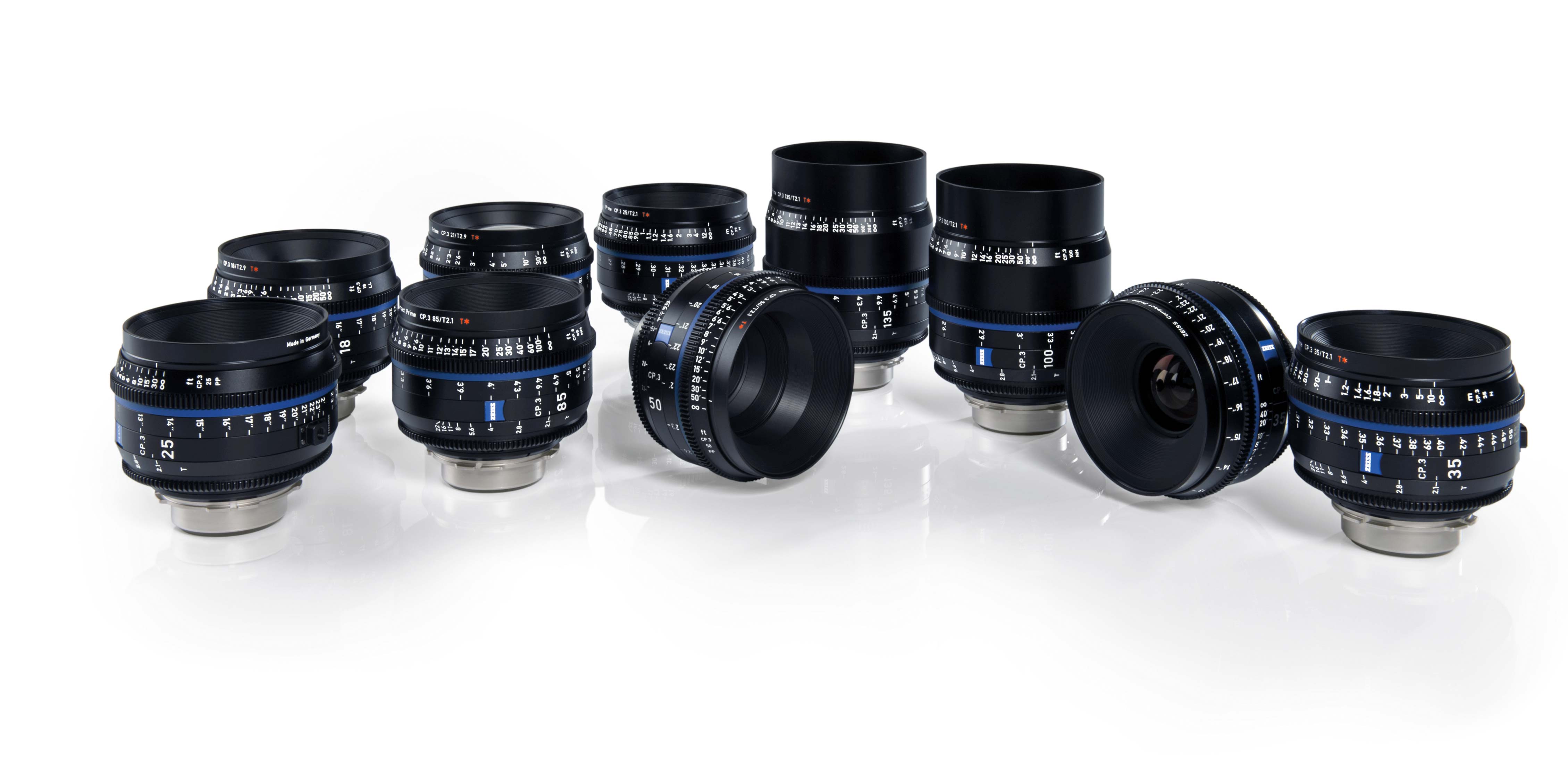
These applications must still use system-supplied transforms as a basis for their custom transforms to produce meaningful results. While the system adjusts to the length of your rendering pipeline, you can improve hologram stability by keeping that pipeline as short as possible.Īpplications that use advanced techniques to augment the system prediction can override the system view and projection transforms.

To accurately predict when a new frame will reach the displays, the system is constantly measuring the effective end-to-end latency of your application's rendering pipeline. If system-supplied transforms aren't used, the resulting image won't align with the real world, leading to user discomfort. Your application must use these transforms to produce correct results. Based on this prediction, the system calculates the view and the projection transforms to use for that frame. As your application begins preparing its next frame, the system predicts where the user's head will be in the future at the exact moment that the frame shows up on the displays. Mixed reality headsets (both HoloLens and immersive headsets) continually track the position and orientation of the user's head relative to their surroundings. This makes it even more important to maintain a constant refresh rate so that users have a comfortable experience. Your application is responsible for rendering everything the user sees. Black pixels are solid black, and any other color appears as that color to the user.
Render footage out of lens studio windows#
Spatial sound is another important depth cue, letting users reason about the distance and relative location of a hologram.ĭevices with opaque displays, like Windows Mixed Reality immersive headsets, block out the world. In this way, your shadow appears to subtract light from the environment. One grounding technique is to add a glow around a hologram on the nearby surface, and then render a shadow against this glow. While stereoscopic rendering provides one depth cue for your holograms, adding grounding effects can help users see more easily what surface a hologram is near. Because the light from the displays is added to the light from the real world, white pixels are translucent. Black pixels are fully transparent, while brighter pixels are increasingly opaque. Devices with see-through displays, such as HoloLens, add light to the world.

Key to holographic rendering is knowing what kind of device is being used. Rendering enables your application to add the light. Holograms are objects made of sound and light. Holographic rendering enables your application to draw a hologram at a precise location in the world around the user, whether it's precisely placed in the physical world or within a virtual realm you've created.


 0 kommentar(er)
0 kommentar(er)
